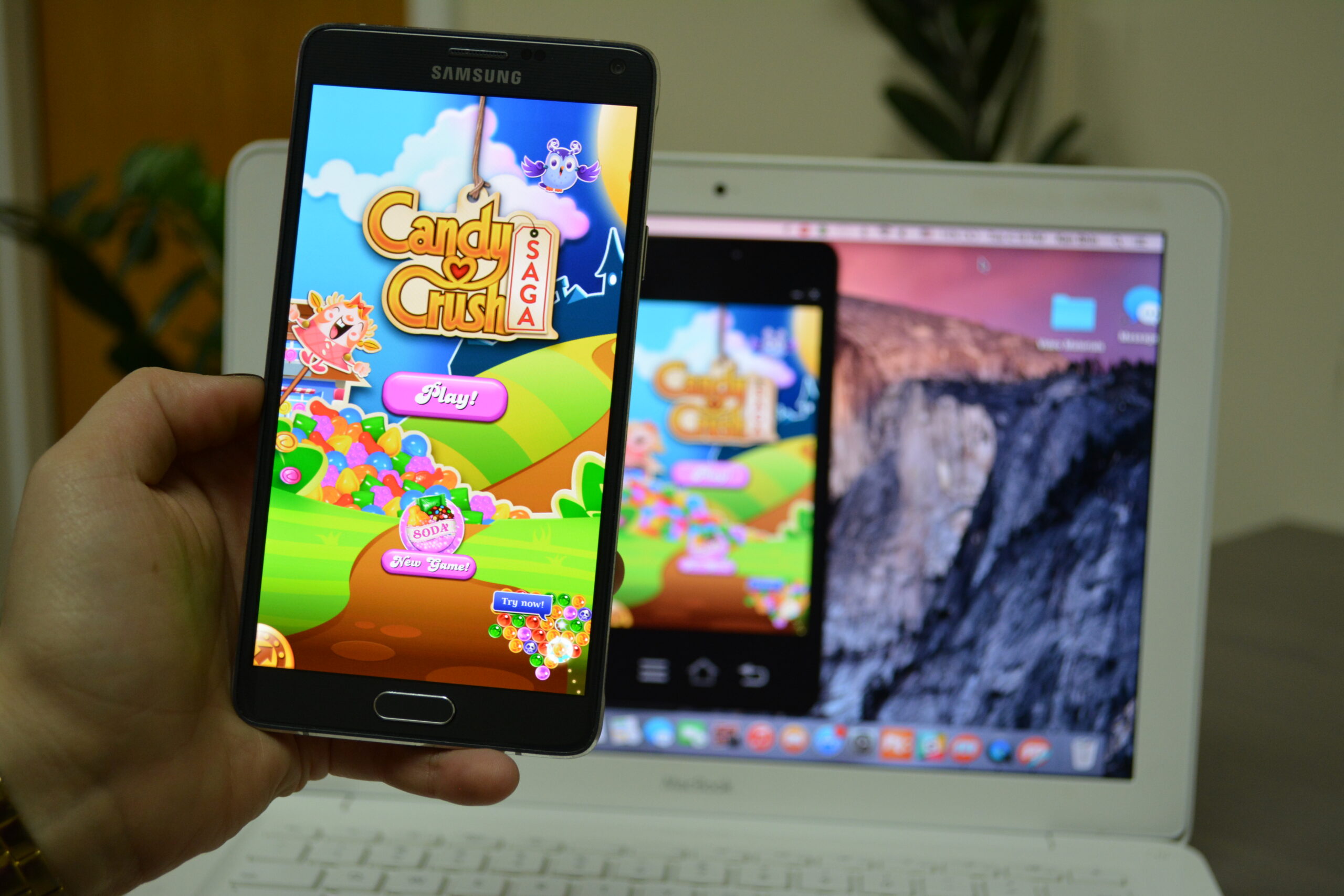This sponsored post is produced in association with Mobizen.
If you ever ridiculed someone for having the attention span of a goldfish, you might owe goldfishes an apology.
According to a research study by the National Center for Biotechnology Information, the average attention span of a human was reported to have dropped from 12 seconds to 8 seconds between the years 2000-2013. This is one second less than the attention span of a goldfish.
Information overload anxiety and compulsive device shuffling disorder are legitimate problems of the 21st century. In fact, a 2013 internet trends repor— on internet trends published by KPCB reported that the average user checks his phone at least 150 times a day – likely higher today.
Yes, smart devices have enabled us to carry our lives in our pockets. But, they can also trap our attention span in a persistent tug-of-war with other device screens.
Redefining productivity in a multiscreen world
Our digital experience is largely fragmented and scattered across the smartphones, tablets, and PCs we own. As a result, our productivity can take a serious hit.
Commuting to work, we are constantly shuffling between e-mail, news reports, weather notifications, and social media newsfeeds. Once we reach our office, we abruptly put our smaller screen activity on hold and try to transition to our desktop.
As we struggle to get into the groove due to its limited apps and numerous firewalls, the notification pop-ups on our mobile devices distract us even further.
However, you can’t blame this multi-screen culture for holding your productivity hostage. A lack of multi-screen management strategies is the real cuplrit. What you need is the right combination of tools and training to make your multi-device experience a smooth and seamless one.
There are two popular approaches you can take to create a more productive, unified multi-screen experience:
1. Identifying the essential apps
Apps come a dime a dozen these days. The key to a productive multiplatform, multi-device strategy is to narrow down four to six essential apps. Ideally, these apps should simplify most of your daily tasks and provide seamless accessibility across all the devices you own.
For instance, if data syncing and sharing in the cloud is your prerogative, then SpiderOak will be right down your alley. It offers some of the strongest data privacy and encryption standards available in the market. You can also take advantage of great customization options for backups.
If mind mapping and taking notes on-the-go is something you identify with, then you can download apps like Evernote and SimpleMind to give you a leg up in this area.
For more adept users seeking advanced cross-platform task management, Fruux is a great choice. Using its sleek, functional interface, you can easily edit contact information, schedule events, update calendars, and sync to-do lists across devices.
SnapFile is another interesting data management app you can use to securely capture, record, and share live information about any event or task. It also keeps a full record of the date, time, and location of the recorded data.
2. Bridging the gap between screens
What if you could unify your multi-screen experience by mirroring your mobile device interface on your PCs and Macs when you’re in work mode — instead of focusing on syncing and sharing tidbits of your data?
You can accomplish exactly that and a whole lot more with apps like Mobizen in your corner. Instead of being limited in potential like any other cross-platform content gateway, this app offers a seamless multi-device management interface.
Using your desktop mouse and keyboard, you can mirror and manage all the media content from your mobile device on a big screen.
In this way, you can eliminate the constant flow of distractions from your smartphones and tablets by streamlining them on into a single visual platform — your desktop screen. One vision, one screen.
“Most of us want to turn on our desktops and be transported to the clean, simple interface of our most favorite mobile apps,” stated Matthew Choy, Co-Founder of Mobizen. “It’s easier on the eyes and the brain not to have to have to be constantly jumping from one version of an app to another.”
In considering an app like this, you’ll want to ensure it has the features that create a seamless transition: drag-and-drop file transfers, streaming videos, responding to notifications, and even managing mobile-only apps like Instagram (desktops are often an easier device to manage and manipulate photos.)
Security is another important consideration. If you need to take care of online banking during nine to five, or make an online purchase, look to ensure you can do this while limiting passwords and website imprints to your mobile device
When you can perform all these activities on your desktop, your productivity — not to mention attention span — can take a leap forward.
Sponsored posts are content that has been produced by a company that is either paying for the post or has a business relationship with VentureBeat, and they’re always clearly marked. The content of news stories produced by our editorial team is never influenced by advertisers or sponsors in any way. For more information, contact sales@venturebeat.com.


